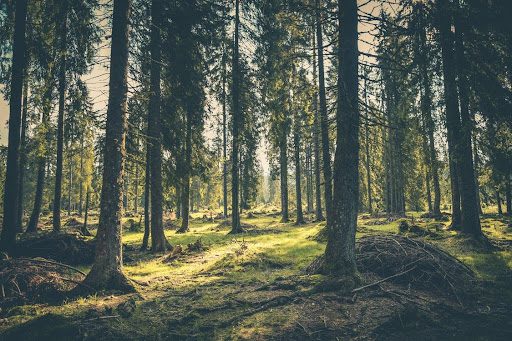A conservation easement is a legal device for protecting a plot of land from deterioration and development by limiting commercial activities. It keeps the property’s natural value and beauty intact and helps it maintain its original state. This agreement is signed voluntarily by the landowner and the people occupying the land at a particular time. Conveying an easement is essential to keeping natural forests safe from damage over the long term. If you have any questions about conservation easements, read on to learn more.
 Benefits of a Conservation Easement
Benefits of a Conservation Easement
Here are some reasons why conveying an easement is a viable option for forest management and planning in Maine.
1. Cost-Effective
An easement allows state authorities and land owners to keep the natural forest habitat safe without making a big monetary investment. It is an affordable alternative to many other ways of natural land protection.
2. The Obligation
An easement agreement binds all related parties legally to fulfil their responsibilities. So the plan cannot be disrupted in any situation.
3. Tax Benefits
Tax rebates are among the many reasons commercial property owners like to invest in green solutions. They bring down the overall cost of land ownership and help the business earn more in annual profits.
4. Good for the Economy
By investing in an easement, the owner gets to keep their property and still contribute to building up the local economic sectors in the region. It is beneficial for both the owner, the business, and the people of the related state.
5. Management Control
Many believe that a conservation easement may turn a private property into public ownership. There is no reality in this myth; the owner of the land holds managerial control over his property after conveying an easement.
6. Value Preservation
A forest’s original value can be preserved and maintained for a long time with the help of an easement. This helps the wildlife species survive in their natural habitat, while the landowner also reaps monetary benefits.
7. An Investment for the Future
An easement protects the future of our coming generations by providing them with natural resources and thriving forests in the local region. This is the reason why local state authorities encourage landowners to avail of this option.
Steps involved in a Conservation Easement
Here is the list of steps involved in a conservation easement.
1. Information Collection
At the beginning of this process, you have to get in touch with the local land trust of your region and learn ways to make this procedure convenient for all parties involved. Then you must communicate with your family members and reach a mutually agreeable decision. You can take the help of a mediator or an experienced advisor if you are having difficulty making a unanimous decision on your own.
2. Negotiation
The model easement document drawn up by the local trust may not suit the expectations of the landowners at first. To resolve this issue, you have to negotiate and alter the agreement to make favorable changes. Financial concerns can also be addressed during this stage with the intervention of government authorities.
3. Surveys and Appraisals
In order to finalize the amount of donation for the easement, the owner needs to conduct an appraisal. The state authorities will inspect the property and gather the rest of the data to draw up the financial value.
4. Agreement Signing
Once all the above stages are complete, the property owners must sign the agreement. This document is legally binding and holds the owner accountable to the terms of the agreement.
5. Benefits Claims
Once you have donated, you must submit official proof to the taxing authorities to receive the tax benefits. You will be liable for a federal income tax deduction if all necessary conditions are met. The value of the property (as determined by the appraisal) will be used to determine the amount of tax savings. You can also enjoy local tax benefits in Maine by signing a conservation easement agreement.
6. Annual Monitoring
Following the easement agreement signing, the state authorities will pay a visit to your property for an annual inspection.
Concerns about Conservation Easements
After a conservation easement has been finalized, it can be impossible to alter the terms because this agreement is applicable forever. Property management may get more difficult for the owner after an easement, and many more forest management problems may arise down the line.
Do you have more questions about conservation easements in Maine? Reach out to Tall Pines Forest Management today and get answers to your questions! As one of Maine and New Hampshire’s forestry firms, we’re familiar with many of the processes and considerations involved and how they can affect forestry. Click here to avail of our expert services.


 Benefits of a Conservation Easement
Benefits of a Conservation Easement
am trying to place an easement on the land behind my home, approximately 6. acres. The land has some sensitive plants as well as wildlife. plants include lady slippers and purple and white varieties..May flowers were once there on the property. there is also A wide of wildlife living on the property. to include whitetail deer, opossum, raccoon skunk fisher cat mountain lion bobcat, tree frogs, ravens crows, and to date I have identified three species of owls/ There are more nd but too lengthy to list. The land is on the fringes of Camden. Whitetail deer have a transit route so they can move from one side of town to more remote areas on the other side of town, My expressed desire is to set aside this land for perpetuity so the wildlife have some habitat to live. This town is growing rapidly and this town is reticent to set aside any open land. Every inch of this small town is for sale so please help me facilitate this process. Thank You Dennis